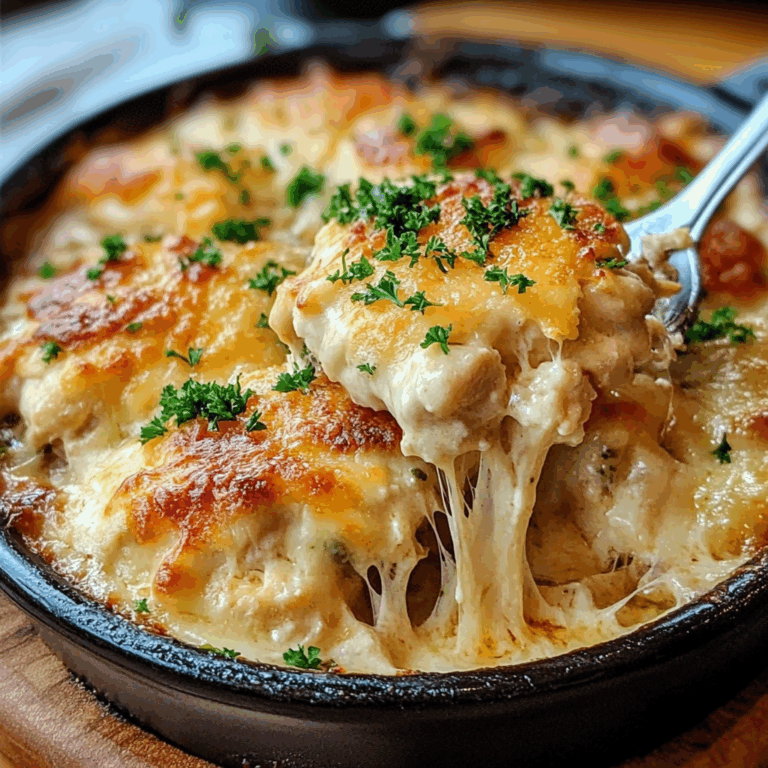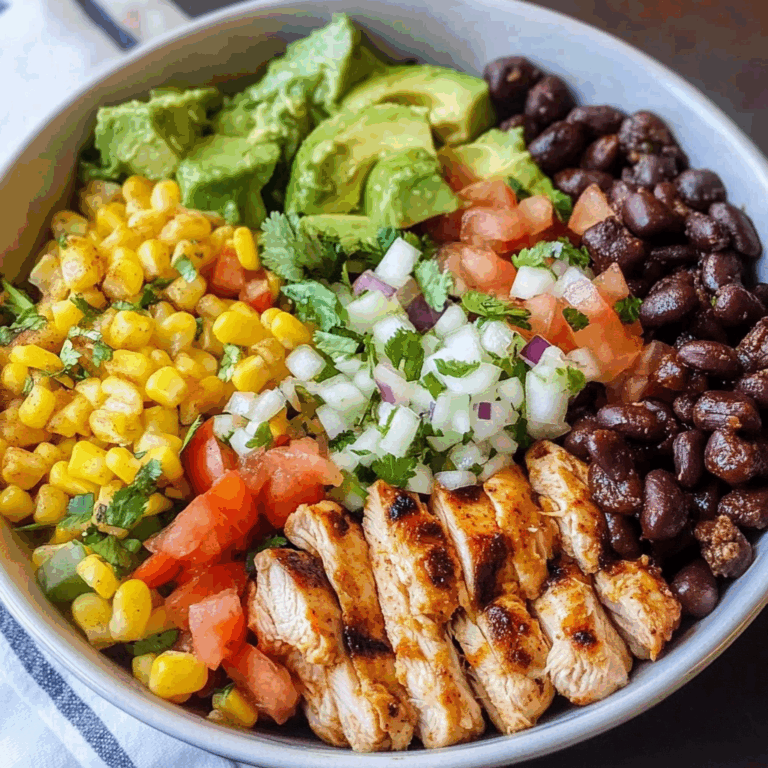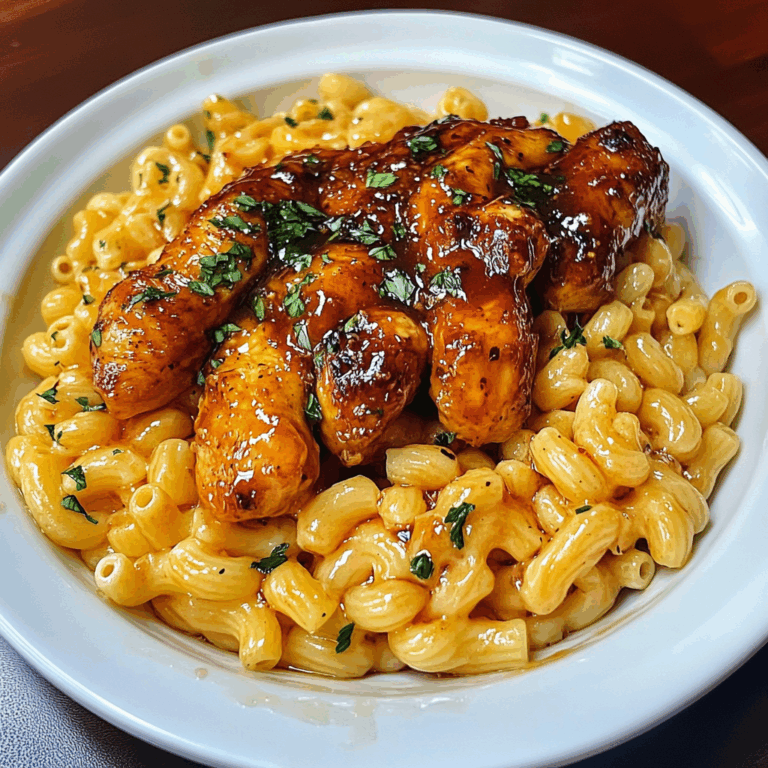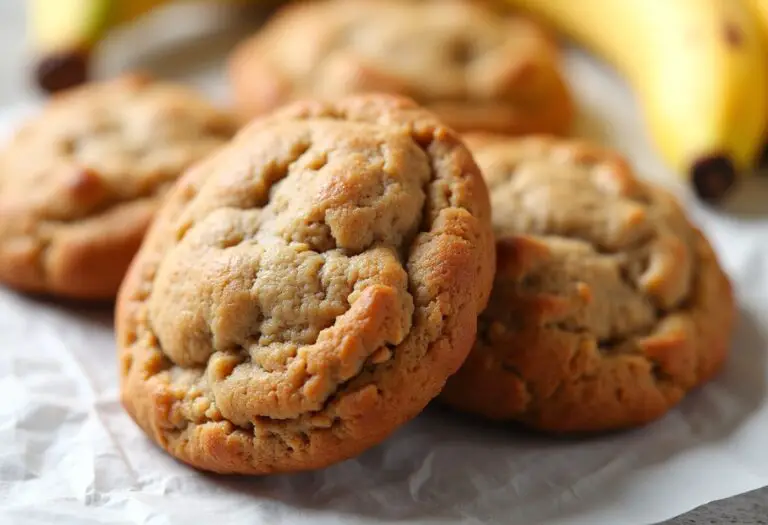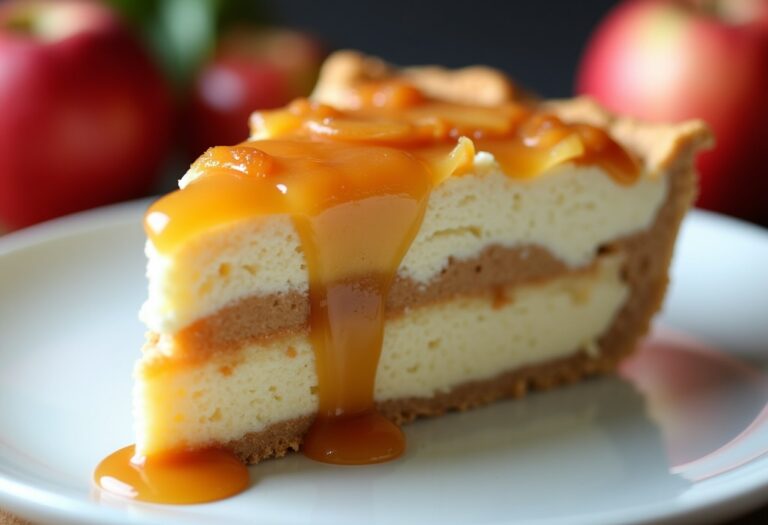Homemade Grape Juice Wine: A Delightful Twist on Classic Flavor
Grape juice wine – the perfect blend of tradition and innovation! This delightful concoction takes the rich, fruity flavors of grape juice and transforms them into a delectable homemade wine that’s sure to impress. Whether you’re a seasoned wine enthusiast or just looking to try something new, this recipe offers a unique and rewarding experience.
Crafting your own grape juice wine at home allows you to customize the flavor profile to your personal taste preferences. From dry and crisp to sweet and fruity, the possibilities are endless. Plus, it’s a fun and rewarding DIY project that can be enjoyed year-round.
❤️ Why You’ll Love This Recipe ❓
What sets this grape juice wine recipe apart is its incredible versatility. Not only is it easy to make, but it also offers a wide range of serving options. Enjoy it chilled as a refreshing aperitif, incorporate it into your favorite cocktails, or even use it as a base for a delightful sangria. The subtle complexity of the wine pairs beautifully with a variety of foods, making it a versatile addition to any meal or gathering.
Beyond its culinary merits, this recipe also boasts impressive health benefits. Grape juice is rich in antioxidants and vitamins, and the fermentation process used to create the wine can further enhance these beneficial compounds. Indulge in a glass of this homemade grape juice wine, and you’ll be treating your body to a nutritious and flavorful treat.
🛒 What You Need to Prepare Homemade Grape Juice Wine ❓
• 1 package of wine yeast (such as Lalvin EC-1118 or Red Star Côte des Blancs)
• 1 teaspoon of nutrient and energizer for wine yeast
• 1 teaspoon of acid blend (optional, for added acidity)
• 1 teaspoon of potassium metabisulfite (for sanitizing)
• 1 teaspoon of potassium sorbate (for stabilizing)
• 1 carboy or fermentation vessel with airlock (1-gallon capacity)
• Siphon tube, funnel, and other basic winemaking equipment
The beauty of this homemade grape juice wine is that most of the ingredients are readily available at your local grocery store or wine supply shop. The combination of 100% grape juice, wine yeast, and a few other simple additives creates the vibrant, flavorful wine that has made this type of recipe so popular.
📝 How to Make Homemade Grape Juice Wine Step-by-Step ❓
• Step 2: In your sanitized fermentation vessel, combine the 64 oz of grape juice, the wine yeast, nutrient and energizer, and acid blend (if using). Stir well to incorporate all the ingredients.
• Step 3: Affix the airlock to the fermentation vessel and place it in a cool, dark location. Allow the mixture to ferment for 4-6 weeks, until the airlock stops bubbling and the wine clears.
• Step 4: Once fermentation is complete, use a siphon to carefully transfer the wine into a clean, sanitized carboy or bottle, leaving behind any sediment at the bottom of the original vessel.
• Step 5: Add the potassium sorbate to stabilize the wine and prevent further fermentation. Stir gently to incorporate.
• Step 6: Optional: You can now add a small amount of sugar (1-2 tablespoons per gallon) to sweeten the wine to your desired taste. Stir well to dissolve.
• Step 7: Allow the wine to rest for an additional 2-4 weeks, then bottle and enjoy your homemade grape juice wine!
⏱️ Timing Overview
• Fermentation time: 4-6 weeks
• Total time: 4-8 weeks
Compared to traditional winemaking methods that can take months, this homemade grape juice wine recipe saves you significant time while delivering a similar depth of flavor.
👩🏻⚕️ Nutritional Information
Per serving (based on 6 servings):
• Protein: 0g
• Carbohydrates: 14g
• Fat: 0g
• Fiber: 0g
• Sodium: 10mg
These homemade grape juice wines provide a moderate amount of carbohydrates and a negligible amount of other nutrients, making them a relatively low-calorie and low-nutritional addition to your beverage repertoire.
🔄 Healthier Alternatives for the Recipe
• Alcohol-free option: Skip the wine yeast entirely and enjoy the grape juice in its natural, non-alcoholic state.
• Reduced-sugar variant: Use a dry, unsweetened grape juice and omit the optional sugar addition to create a drier, less sweet wine.
• Sparkling version: Bottle the wine with a small amount of sugar to create a lightly carbonated, bubbly grape juice wine.
These modifications can reduce the alcohol content by up to 50% or adapt the recipe for specific dietary needs without compromising the fundamental flavor profile of the homemade grape juice wine.
🍽️ Serving Suggestions
• Use as a base for grape juice-based cocktails or sangria
• Pair with light, fruit-forward dishes like salads, grilled chicken, or fresh seafood
• Complement a cheese platter or dessert spread for a sophisticated touch
• Create a grape juice wine spritzer by mixing it with sparkling water or club soda
❌ Common Mistakes to Avoid
• Incorrect yeast selection: Using the wrong type of wine yeast can result in a suboptimal fermentation and flavor profile. Make sure to choose a yeast specifically designed for wine-making.
• Impatience during fermentation: Rushing the fermentation process or bottling the wine too early can result in an unstable, unfinished product. Allow the wine to fully ferment and clear before bottling.
• Excessive sugar addition: Adding too much sugar can lead to an overly sweet, cloying wine. Start with small amounts and adjust to your personal taste preferences.
• Forgetting to stabilize: Neglecting to add the potassium sorbate at the end can leave the wine susceptible to continued fermentation, resulting in an unpredictable and potentially unsafe final product.
🧊 Storing Tips for the Recipe
These homemade grape juice wines retain their quality remarkably well:
• Freezing: The wine can be frozen for up to 1 year, either in the fermentation vessel or after bottling. Allow it to thaw gradually in the refrigerator before serving.
• Reheating: If the wine becomes slightly chilled or develops a subtle carbonation, simply let it come to room temperature or gently warm it on the stovetop to restore its optimal texture and flavor.
❓ FAQs
How long does the fermentation process take for homemade grape juice wine?
The fermentation process typically takes 4-6 weeks, depending on factors like temperature and yeast activity. You’ll know the fermentation is complete when the airlock stops bubbling and the wine has cleared.
Can I use any type of grape juice for this recipe?
While you can technically use any variety of 100% grape juice, the best results come from using darker, more flavorful juices like Concord or Niagara. These provide a deeper, richer wine profile. Lighter juices may result in a more delicate, subtle flavor.
Is this recipe suitable for those on a low-carb or keto diet?
While the finished grape juice wine does contain some residual carbohydrates, the overall carb count is relatively low, especially compared to commercial wines. For a truly low-carb option, consider the alcohol-free or reduced-sugar variations suggested in the “Healthier Alternatives” section.
What can I do if my homemade grape juice wine turns out too dry or too sweet?
If the wine is too dry, you can try adding a small amount of grape juice or honey to sweeten it to your liking. Conversely, if it’s too sweet, you can balance the flavor by adding a touch of an acid blend or even a splash of lemon juice.
Can I experiment with different flavor additions to the grape juice wine?
Absolutely! This recipe serves as an excellent base for all sorts of flavor customizations. Try adding a cinnamon stick, a few cloves, or even some citrus zest during the fermentation process. You can also experiment with different yeast strains to achieve unique flavor profiles.
Conclusion
These homemade grape juice wines represent the perfect balance of convenience, flavor, and presentation. Whether you’re serving them as a refreshing aperitif, a base for creative cocktails, or a sophisticated pairing for a variety of dishes, they’re sure to impress with their vibrant hues and complex, fruity aromas.
With simple ingredients and straightforward preparation, this grape juice wine recipe demonstrates that sophisticated flavors don’t require complicated techniques – just quality ingredients and a little bit of care in the winemaking process. So why not give it a try and discover the joys of crafting your own delectable homemade grape juice wine?


